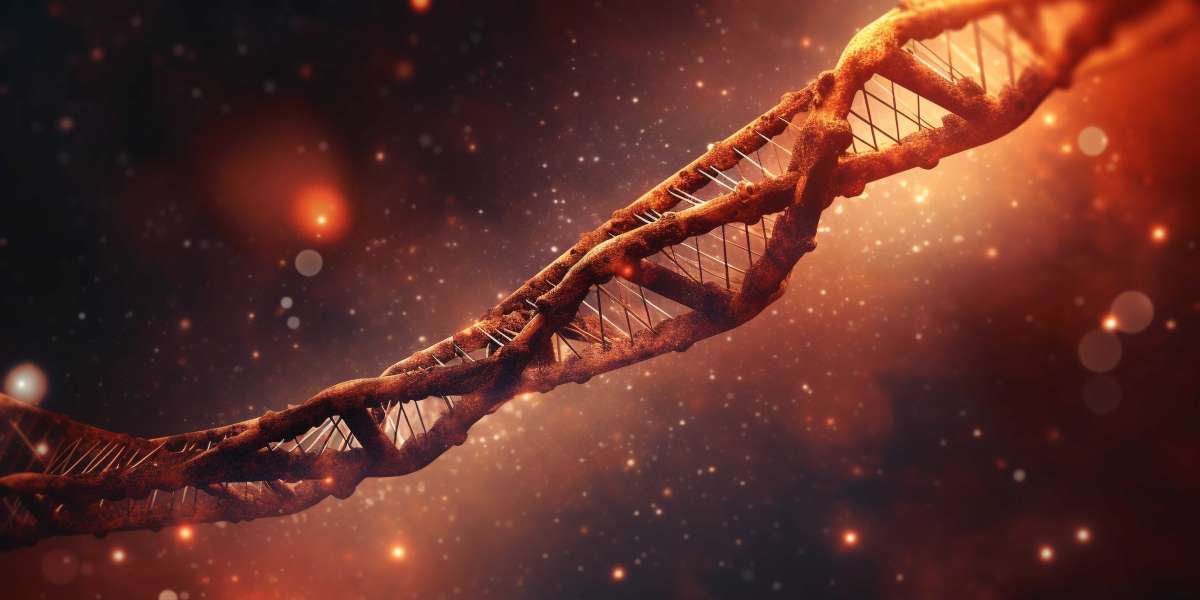Neuromuscular disorders, including conditions like Duchenne muscular dystrophy (DMD), present profound challenges due to their genetic underpinnings and progressive nature. Traditional treatments have primarily focused on managing symptoms and slowing disease progression. However, recent advances in nucleic acids and gene therapies offer promising next-generation strategies for addressing these debilitating conditions.
Nucleic Acids and Their Role in Gene Therapies
Nucleic acids, including DNA and RNA, play a crucial role in the regulation of gene expression and the development of therapeutic strategies for neuromuscular disorders. Gene therapies harness the potential of these nucleic acids to correct or modify genetic defects at their source. By targeting the genetic mutations responsible for disorders like DMD, these therapies aim to restore normal function or halt disease progression.
Gene Therapies for Duchenne Muscular Dystrophy (DMD)
Duchenne muscular dystrophy is a severe form of muscular dystrophy characterized by the absence of dystrophin, a protein crucial for muscle integrity. The genetic mutation responsible for DMD leads to a lack of dystrophin production, resulting in progressive muscle weakness and degeneration. Gene therapy for DMD focuses on delivering functional copies of the dystrophin gene or providing alternative ways to produce dystrophin-like proteins.
One innovative approach is the use of exon skipping, where specific exons (coding regions of a gene) are skipped during the gene splicing process to bypass the defective part of the dystrophin gene. This method aims to produce a shortened but functional dystrophin protein. Companies like Sarepta Therapeutics have developed exon-skipping drugs such as eteplirsen, which has shown promise in clinical trials.
Another strategy involves the use of viral vectors to deliver corrected copies of the dystrophin gene directly into muscle cells. This method seeks to replace or repair the defective gene, allowing for the production of functional dystrophin protein. AAV (adeno-associated virus) vectors are commonly used in this approach due to their ability to efficiently deliver genetic material into target cells.
Emerging Therapies and Future Directions
Beyond dystrophin replacement strategies, researchers are exploring other nucleic acid-based therapies. For instance, RNA-based therapies, such as small interfering RNAs (siRNAs) and antisense oligonucleotides (ASOs), are being investigated for their potential to target and degrade mutant RNA transcripts or modulate gene splicing. These therapies could offer new ways to address a range of genetic mutations associated with neuromuscular disorders.
In addition to DMD, gene therapy research is expanding to other neuromuscular conditions such as spinal muscular atrophy (SMA) and amyotrophic lateral sclerosis (ALS). For SMA, the introduction of a functional SMN (survival motor neuron) gene using gene therapy has shown significant success in clinical trials, leading to FDA approval of treatments like Zolgensma.
Conclusion
The integration of nucleic acids and gene therapies represents a transformative advancement in the treatment of neuromuscular disorders. By directly addressing the genetic causes of these conditions, these therapies hold the potential to provide long-lasting and effective solutions. As research progresses and new therapies emerge, the hope for improved outcomes and even cures for conditions like Duchenne muscular dystrophy becomes increasingly attainable.
Trending Reports








